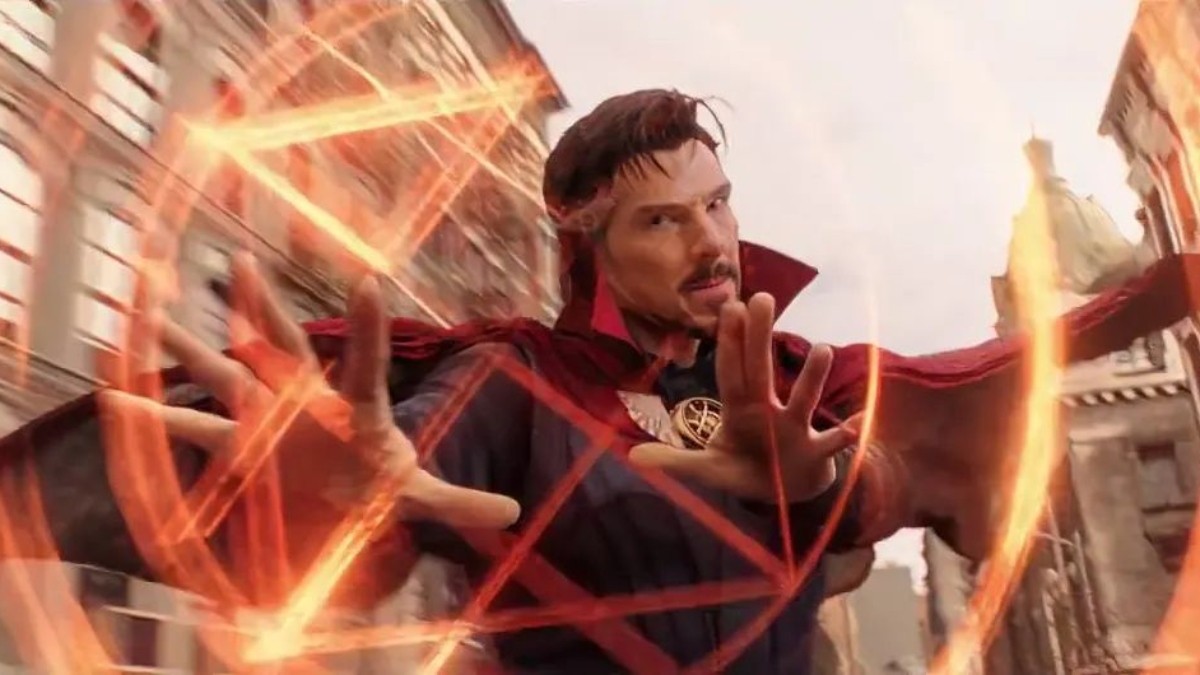The Marvel Cinematic Universe (MCU) has long been a cinematic giant, with ambitious storytelling and visually stunning entries. However, the financial budgeting behind such excellence, specifically for Doctor Strange in the Multiverse of Madness, shows a story as intricate and intriguing as the stories spun on screen.
In fact, Doctor Strange In The Multiverse Of Madness is now officially being reported as one of the most expensive movies ever made, MCU or otherwise. With a projected price tag of $414.9 million, this entry not only stands out as one of Marvel’s most expensive projects, but it also sheds light on the evolving economic realities of blockbuster movie making.
Hollywood’s budgeting practices can border on magic, transforming concrete spending into a complex concoction of numbers that can confuse as much as they inform. Marketing and promotion expenses, while somewhat elegant can essentially quadruple a film’s budget, blurring the boundary between the costs of creation and conversation. In the MCU, a realm and franchise known for its expansiveness and intricacies these numbers are startling but not surprising. It’s a clear reflection of an industry where ambition and spending appear to know no bounds and be limitless.
A Universe of Expense
Forbes‘ recent discovery that the Sorcerer Supreme’s story has a $414.9 million budget highlights an increase that puts “Doctor Strange in the Multiverse of Madness” 6.4% ahead of “Avengers: Age of Ultron.” Such numbers show the problems and expectations associated with MCU sequels. With 22 new universes and a slew of returning and debuting characters, the sequel’s visual feast justified a significant financial investment. In comparison to its predecessor, Doctor Strange, which grossed $677 million, the sequel’s increased budget sparks debate about the viability of such financial projects in today’s cinematic climate.
| Doctor Strange and Avengers Movies | Global Box Office Earnings (From Box Office Mojo) |
|---|---|
| The Avengers (2012) | $1,520,538,536 |
| Avengers: Age of Ultron (2015) | $1,405,018,048 |
| Doctor Strange (2016) | $677,796,833 |
| Avengers: Infinity War (2018) | $2,052,415,039 |
| Avengers: Endgame (2019) | $2,799,439,100 |
| Doctor Strange in the Multiverse of Madness (2022) | $955,775,804 |
Traditionally, a film’s profitability has been calculated using a lens that combines production and marketing costs with the income split between studios and theaters, suggesting that a film should earn roughly 2.5 to 3 times its production spending to be considered profitable. According to this criteria, Doctor Strange in the Multiverse of Madness (2022) would have to make and take on the enormous challenge of earning between $1.037 billion and $1.244 billion for Disney to see a profit. Despite its impressive cumulative total of $955 million, the sequel’s performance, when compared to recent box-office disappointments such as The Marvels and Ant-Man And The Wasp: Quantumania, raised serious questions about the effectiveness of Marvel’s once unrivaled blockbuster formula.
Nonetheless, following these financial revelations and shifting structures of audience interaction, Disney CEO Bob Iger’s decision to place additional restrictions on MCU projects is both appropriate and indicative of a broader industry trend toward recalibration. The attempt of a balance between creative ambition and commercial sustainability shows the bigger problems faced in an industry overwhelmed with material and competition.






